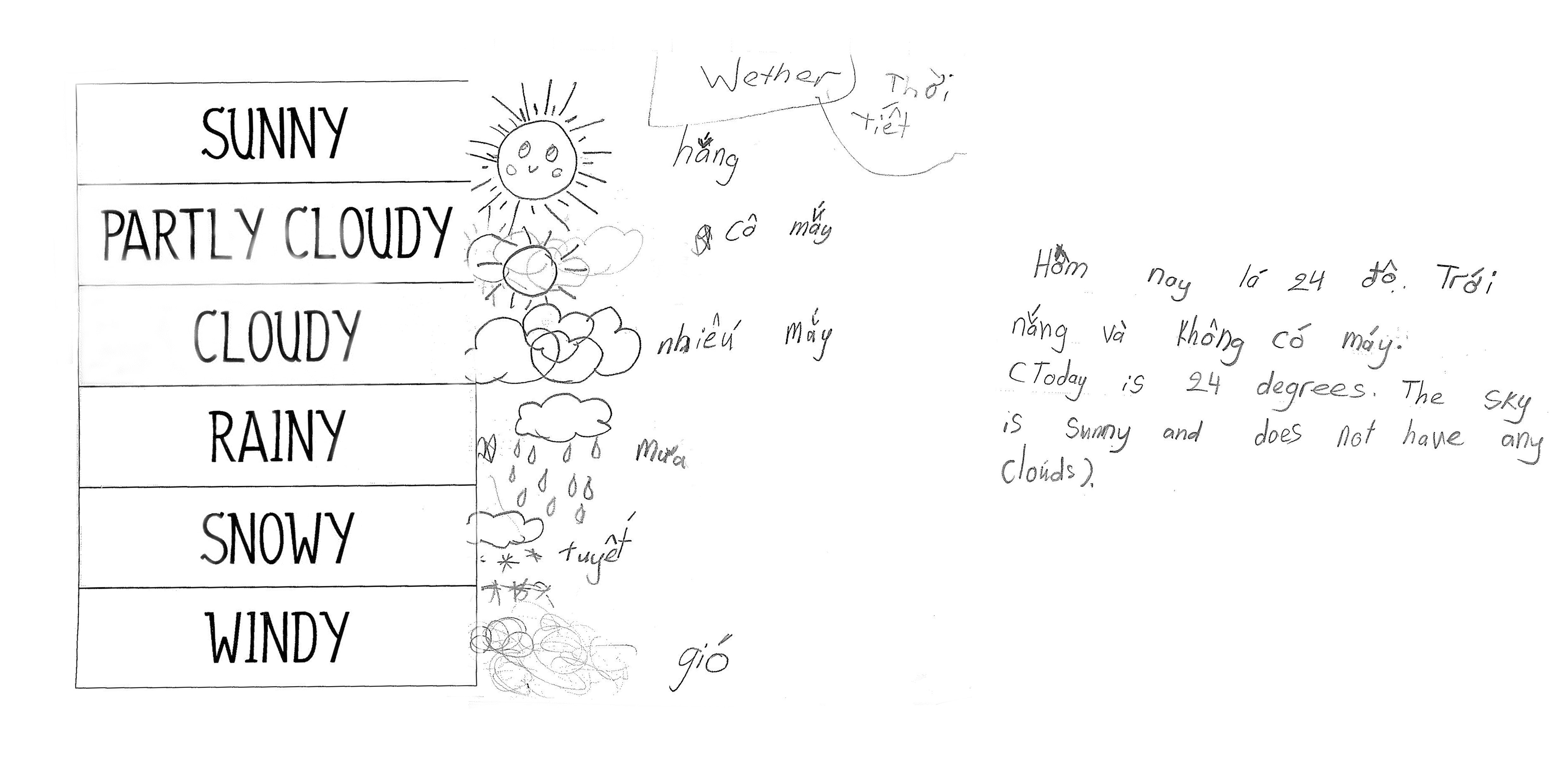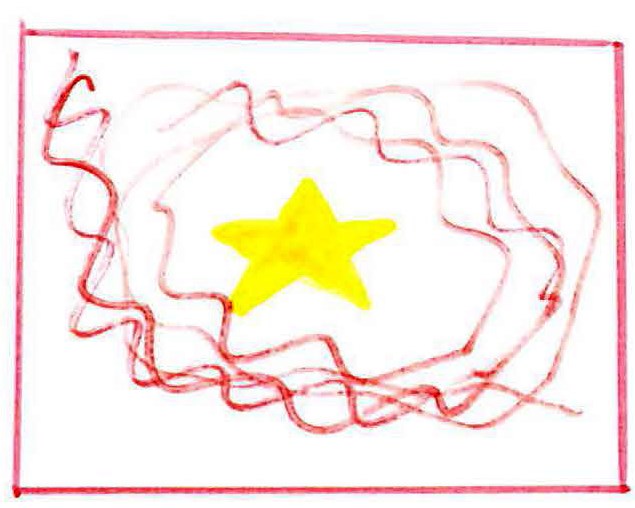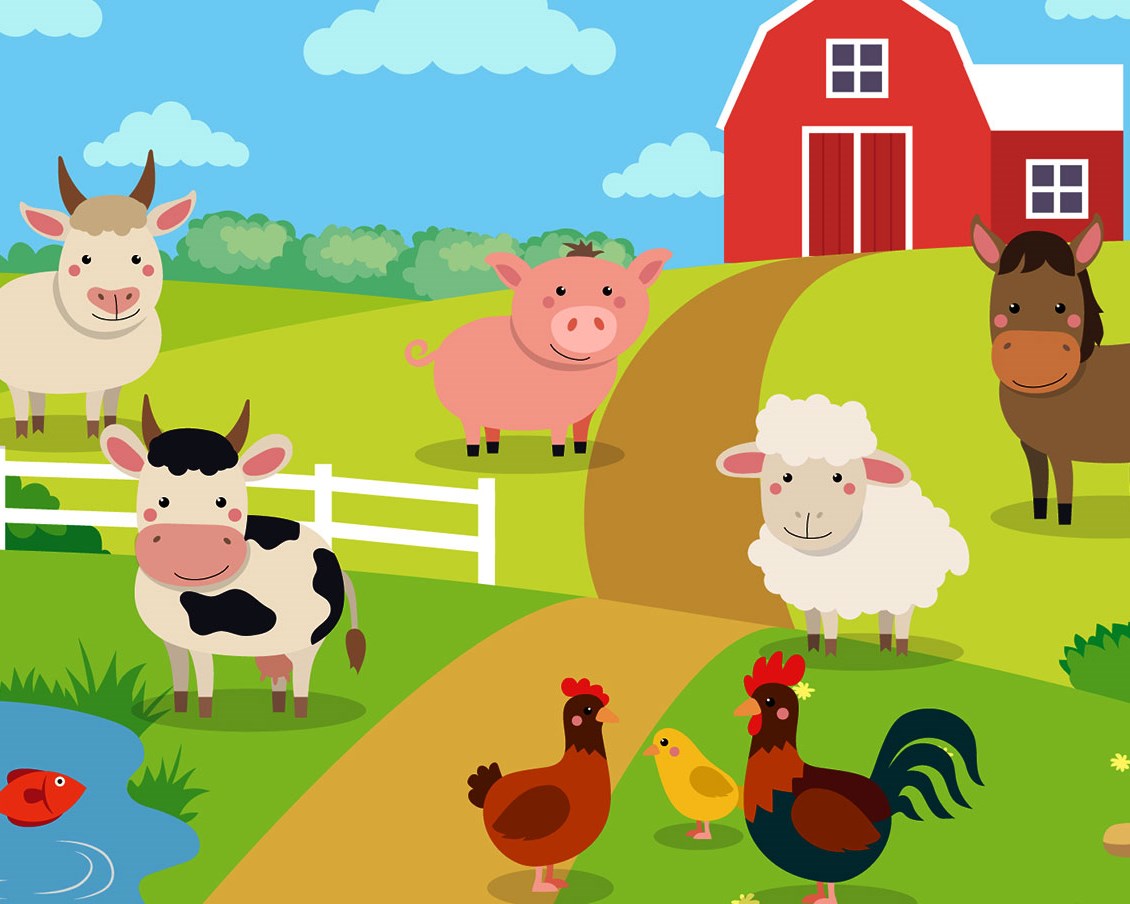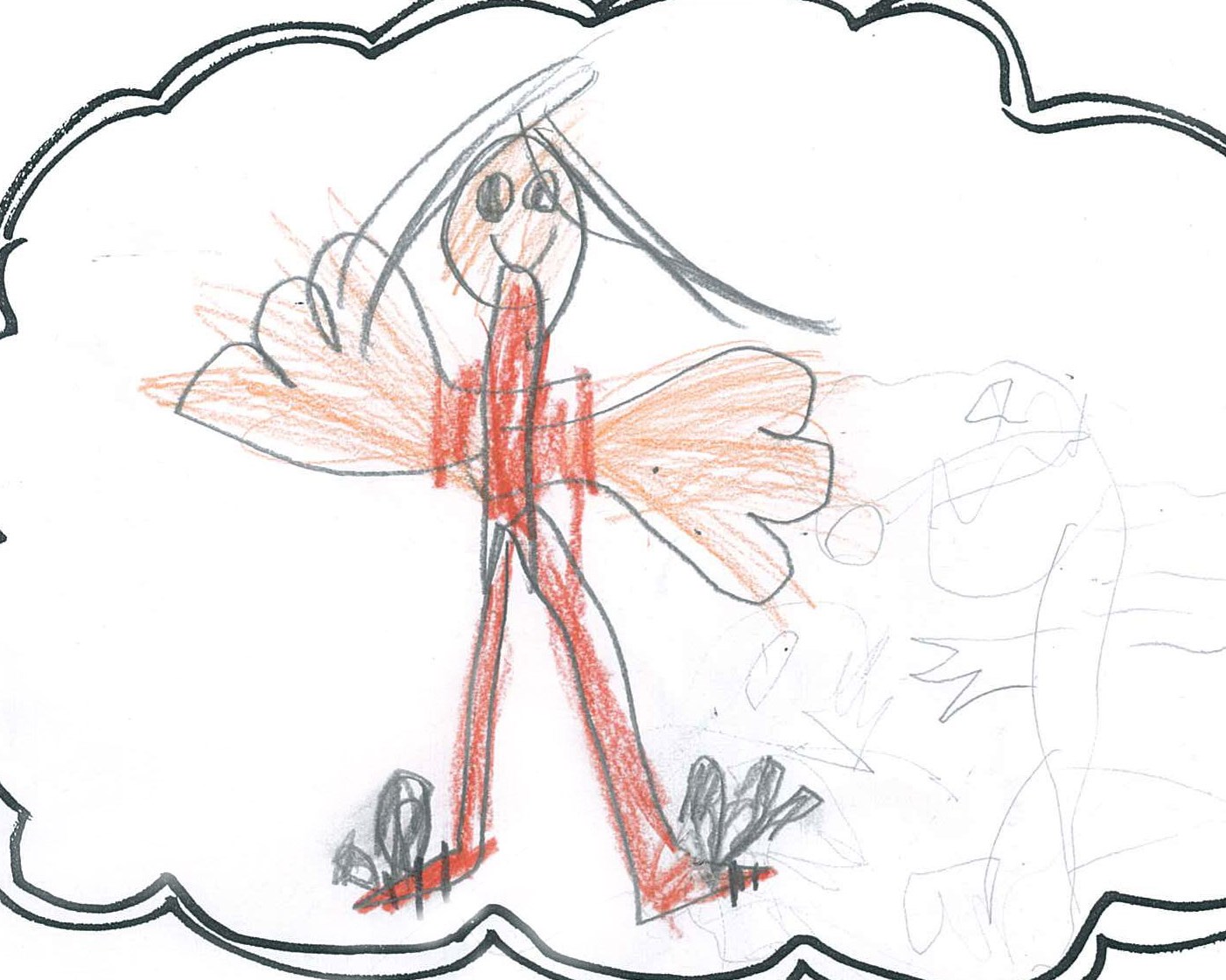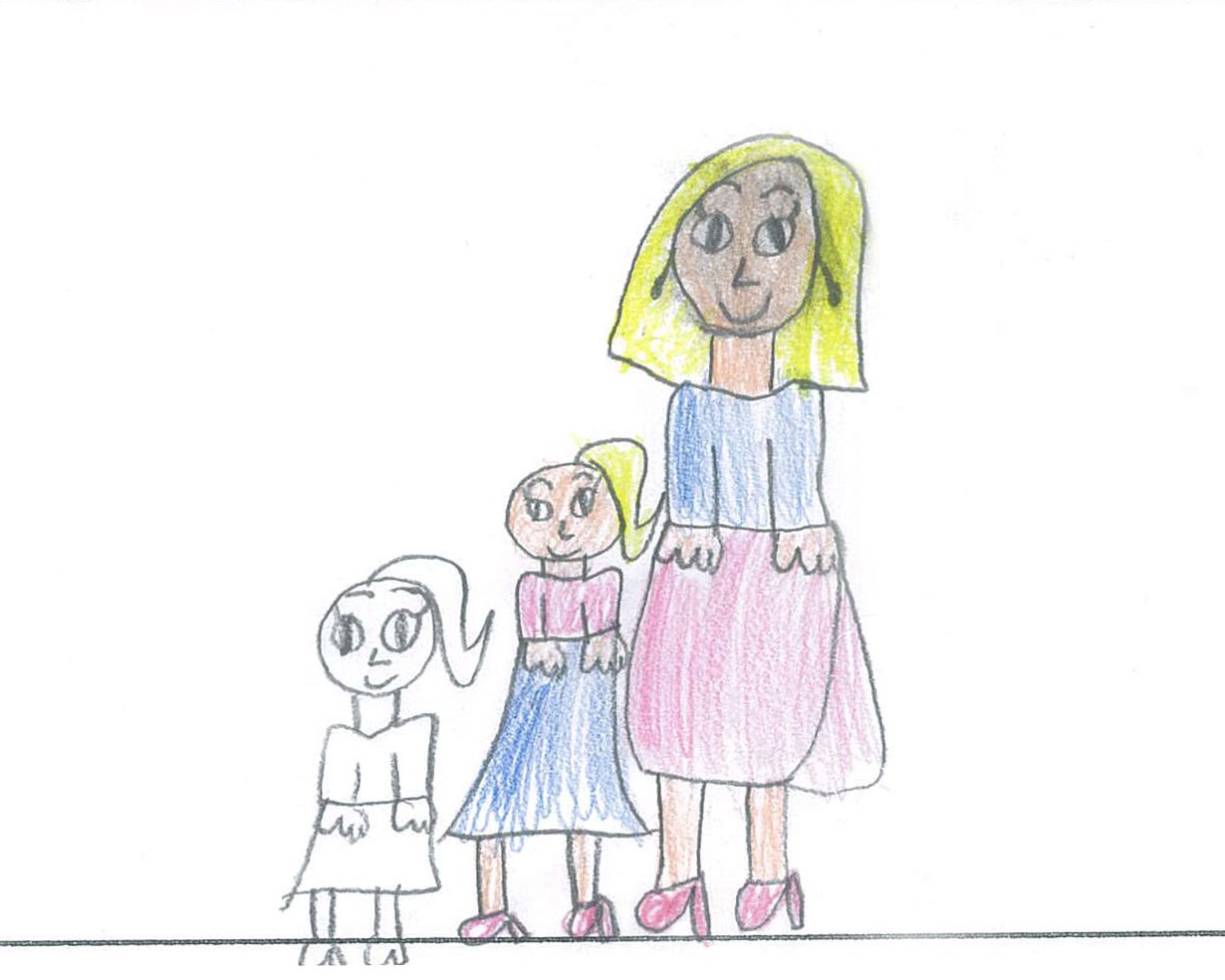By the end of Year 2, students interact with the teacher and peers through action related talk and play. They introduce themselves and others, and express thanks, likes and dislikes, needs and wishes, for example, Tôi tên là Lan. Cảm ơn bạn. Tôi thích/ không thích ... Tôi muốn ăn cơm. Chúc bạn sinh nhật vui vẻ. They use modelled repetitive language when participating in games and shared activities, and interact in classroom routines by responding to questions, following instructions and asking for permission, for example, Dạ, em xong rồi. Các em hãy đọc theo cô. Thưa cô cho em đi uống nước. When interacting, they use the sounds and tones of Vietnamese and distinguish between questions, such as Ai? Ở đâu? Khi nào? Có ... không?, and commands, for example, Đứng lên. They identify information and key words, such as names of people, for example, cô An, bạn Hải; places, for example, trường, lớp; or objects, for example, cái bàn; and convey information about themselves and their family, friends and school using modelled sentences and illustrations. They respond to imaginative experiences through miming, acting, and answering questions, and create and perform simple imaginative texts using familiar language and nonverbal forms of expression. Students use familiar vocabulary related to the classroom and home environment. They use simple sentences with appropriate word order to communicate information about themselves, for example, Tôi bảy tuổi, their family and the classroom, for example, Đây là gia đình tôi/ lớp tôi. Students translate frequently used words and simple phrases and create simple bilingual texts for the immediate learning environment. They describe the experience of using Vietnamese and identify their roles as members of different groups, including the Vietnamese class and their family and community.
Students identify the sounds and tones of the Vietnamese language in words and symbols. They identify similarities and differences between different types of familiar texts. They provide examples of the different titles and greetings that are used to address people in different situations. Students name some of the many languages used in Australia, identifying Vietnamese as one of the major community languages. They identify how the ways in which people use language reflect where and how they live and what is important to them.
